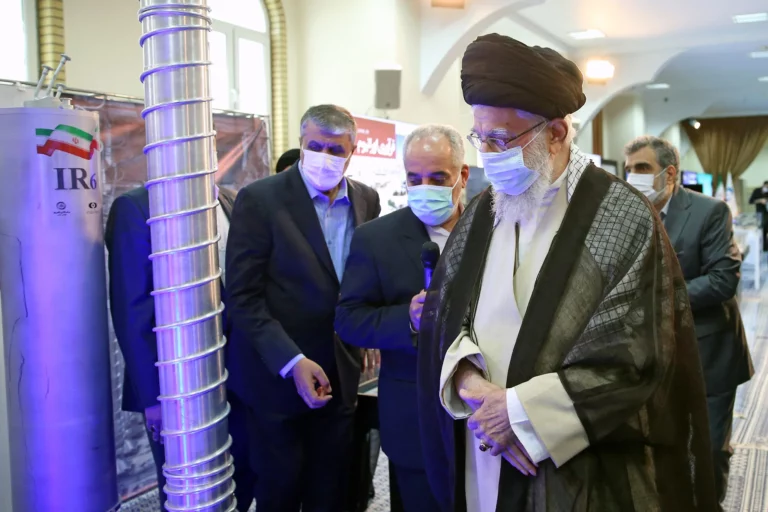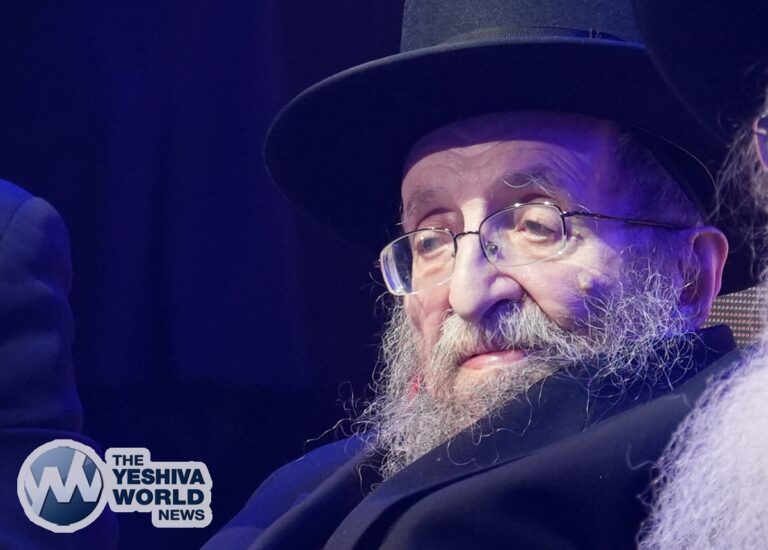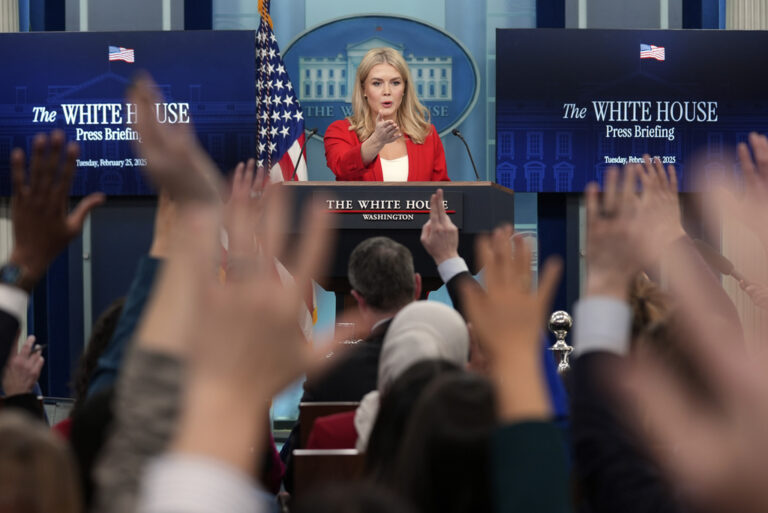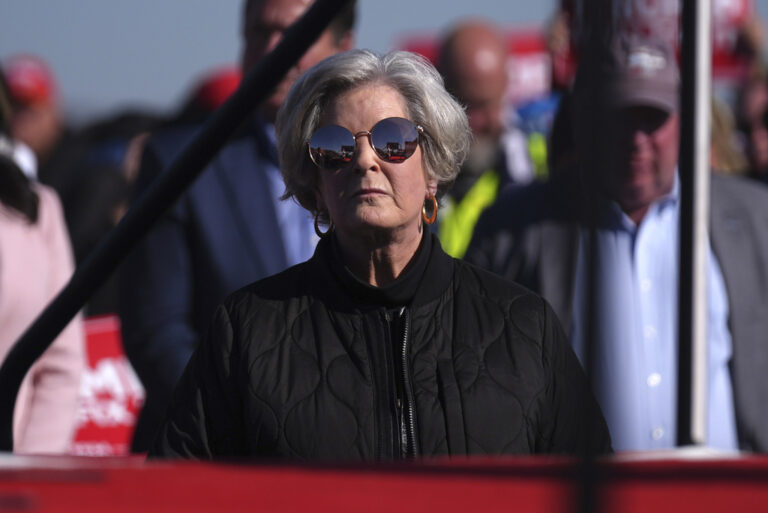 The announcement Wednesday from North Korea that it had carried out a nuclear test brought to the front lines of global attention a phrase not often heard since the Cold War — “the H-bomb.”
The announcement Wednesday from North Korea that it had carried out a nuclear test brought to the front lines of global attention a phrase not often heard since the Cold War — “the H-bomb.”
As opposed to the atomic bomb, the kind dropped on Japan in the closing days of World War II, the hydrogen bomb, or so-called “superbomb” can be far more powerful — experts say, by 1,000 times or more.
North Korea’s first three nuclear tests, from 2006 to 2013, were A-bombs on roughly the same scale as the ones used on Hiroshima and Nagasaki, which together killed more than 200,000 people. Pyongyang announced Wednesday that it had detonated its first H-bomb; while seismic data supported the claim of a large explosion, there was no immediate way to confirm the type.
Atomic bombs rely on fission, or atom-splitting, just as nuclear power plants do. The hydrogen bomb, also called the thermonuclear bomb, uses fusion, or atomic nuclei coming together, to produce explosive energy. Stars also produce energy through fusion.
“Think what’s going on inside the sun,” says Takao Takahara, professor of international politics and peace research at Meiji Gakuin University in Tokyo. “In theory, the process is potentially infinite. The amount of energy is huge.”
The technology of the hydrogen bomb is more sophisticated, and once attained, it is a greater threat. They can be made small enough to fit on a head of an intercontinental missile.
“That the bomb can become compact is the characteristic, and so this means North Korea has the U.S. in mind in making this H-bomb announcement,” says Tatsujiro Suzuki, professor at the Research Center for Nuclear Weapons Abolition at Nagasaki University.
But the H-bomb requires more technology in control and accuracy because of the greater amount of energy involved, he said. Both the A-bomb and H-bomb use radioactive material like uranium and plutonium for the explosive material.
The hydrogen bomb is in fact already the global standard for the five nations with the greatest nuclear capabilities: the U.S., Russia, France, the U.K. and China. Other nations may also either have it or may be working on it, despite a worldwide effort to contain such proliferation.
The hydrogen bomb was never dropped on any targets. It was first successfully tested in the 1950s by the U.S., in bombs called Mike and Bravo. Soviet tests soon followed.
The crew of a Japanese fishing boat that unknowingly went into the waters near the nuclear testing of Bravo got acute radiation sickness. Since the 1960s, nuclear tests have gone underground to reduce radioactive fallout.
Terumi Tanaka, head of Nihon Hidankyo, or the Japan Federation of A- and H-Bomb Sufferers Organizations, has been working to ban nuclear weapons for years and was stunned by reports of the H-bomb test.
“It defies hopes for progress,” he said. “I am outraged.”
(AP)











2 Responses
Hashem is talking to us. I know this is obvious but it doesn’t hurt to remind ourselves. He’s telling us at least to daven harder and harder and do serious teshuva. Ein od MiLevado.
Pretty sure every nuclear weapon tested since Hiroshima and Nagasaki have been more powerful than the WW2 weapons.